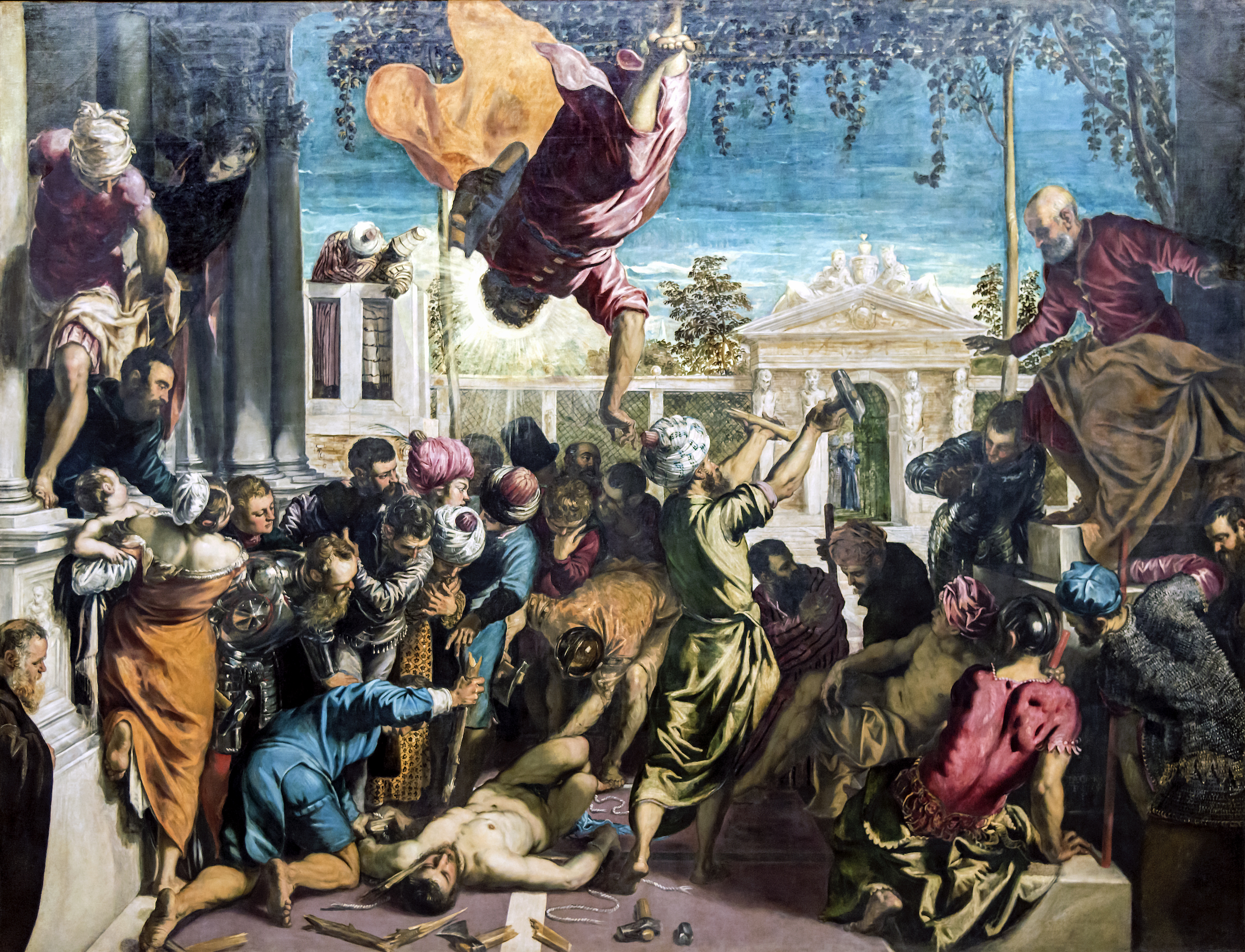guitar-skills/” title=”Mastering Open Tunings: Elevate Your Guitar Skills”>Strap in, because we’re about to take a wild ride through the tangled web of history that is the beloved instrument known as the guitar. From its humble beginnings as a simple stringed contraption to the iconic symbol of rock ‘n’ roll, the guitar has truly lived a rockstar life of its own. So grab your air guitar and get ready to jam out as we unravel the fascinating history of this six-stringed wonder. Let’s rock on, history buffs!
Contents
- 1 Origins and Early Ancestors of the Guitar
- 2 The Renaissance Epoch: Birth of the Modern Guitar
- 3 Baroque to Classical Transition: Evolution in Design and Technique
- 4 The Nineteenth-Century Transformation: Romanticism and the Guitar
- 5 The Twentieth Century: Electric Innovations and Global Expansion
- 6 Contemporary Developments: Technological Advancements and the Guitar’s Future
- 7 FAQs
- 8 Rock On!
Origins and Early Ancestors of the Guitar
Before the electric guitars, before the rock gods and shredding solos, there were the humble beginnings of the guitar. Let’s take a trip down memory lane to explore the origins and early ancestors of this iconic instrument.
Legend has it that the guitar can trace its roots back to ancient civilizations such as the Egyptians, Greeks, and Romans. While these early versions may not have resembled the guitars we know today, they laid the groundwork for what was to come.
One of the guitar’s early ancestors was the lute, a stringed instrument popular in Europe during the Middle Ages. With its pear-shaped body and fretted neck, the lute paved the way for the modern guitar and inspired countless musicians throughout history. The lute was a hit at medieval jam sessions, where minstrels would strum away while knights chugged mead and damsels danced the night away.
As time passed, the guitar continued to evolve, with different shapes, sizes, and designs emerging. From the Spanish guitar to the Hawaiian lap steel, each new iteration added its own unique flavor to the instrument’s rich history. Today, the guitar comes in all shapes and sizes, from tiny ukuleles to massive double-necked beasts that could double as weapons in a pinch.

The Renaissance Epoch: Birth of the Modern Guitar
Let’s take a trip back in time to the Renaissance epoch, where the guitar was just beginning to emerge as the modern instrument we know and love today. Picture this: lute players gathered around in a musical jam session, strumming away on their strings and creating beautiful melodies that would inspire generations to come.
During this period, the design of the guitar started to evolve, with the addition of a sixth string and the development of the classic hourglass shape we recognize today. Imagine the look on the faces of those Renaissance musicians when they first laid eyes on this new and improved version of their beloved instrument – it must have been like Christmas morning!
As the guitar continued to gain popularity, more and more players began to experiment with different playing styles and techniques. From fingerpicking to strumming, the Renaissance epoch was a time of innovation and creativity in the world of guitar music.
So, the next time you pick up your guitar and strum a few chords, take a moment to appreciate the rich history and tradition that has led to the birth of the modern instrument we know and love today. Who knows, maybe you’ll be inspired to write the next great Renaissance-era guitar masterpiece!

Baroque to Classical Transition: Evolution in Design and Technique
So, you know how the Baroque period was all about extravagance and drama, right? Well, think of the transition to the Classical period as hitting the reset button and opting for a more refined and balanced approach. It’s like going from a flamboyant outfit covered in sequins to a sleek tuxedo. Classy, right?
In terms of design, Baroque architecture was all about those dramatic curves and intricate details. But as we transitioned to the Classical period, we started seeing more clean lines, symmetry, and simplicity. It’s like going from a busy, cluttered room to a minimalist chic space that Marie Kondo would approve of.
Technique-wise, the Baroque composers loved their elaborate ornamentation and dramatic dynamics. But when the Classical period rolled around, they focused more on clarity, balance, and form. It’s like trading in your flashy guitar solos for some perfectly executed Mozart sonatas. It’s all about that finesse, baby!
So, in conclusion, the transition from Baroque to Classical was basically like going from a wild party to a sophisticated soirée. It’s all about evolution, baby! Embrace the change and let your inner Mozart shine (or should I say, serenade?)

The Nineteenth-Century Transformation: Romanticism and the Guitar
Step back in time to the 19th century, where the guitar wasn’t just an instrument, it was a symbol of romance, passion, and creativity. Romanticism was in the air, and the guitar was its perfect accompaniment.
During this transformative era, the guitar went from being a simple instrument to a beloved muse for artists, poets, and musicians alike. It became a tool for self-expression, a vehicle for storytelling, and a conduit for love.
Imagine composing poetic ballads under the moonlight, strumming your guitar with fervor and passion, serenading your beloved with heartfelt melodies. The guitar was more than just a musical instrument – it was a gateway to the soul.
So embrace the spirit of the 19th century, where Romanticism and the guitar intertwined in a dance of beauty and emotion. Let your fingers dance across the strings, let your heart sing with each chord, and let the rhythm of the past guide you on a journey of love and creativity.

The Twentieth Century: Electric Innovations and Global Expansion
Forget about the 19th century, because the 20th century is where all the electric innovations and global expansion really took place! This century was truly electrifying (literally)!
From the invention of the light bulb by Thomas Edison to the boom of the electrical appliances industry, the 20th century saw a surge in technological advancements that revolutionized the way we live. People were finally able to see in the dark thanks to Edison’s brilliant idea!
As the world became more connected, innovations in communication like the telephone and radio allowed people to stay in touch across continents. It was like the world had become one big party line, with everyone talking at once!
**But wait, there’s more!** The 20th century also saw the rise of multinational corporations that expanded their reach across the globe. Suddenly, you could buy a can of soda from a company based on the other side of the world! Who knew fizzy drinks could bring people together like that?
Contemporary Developments: Technological Advancements and the Guitar’s Future
With the rise of technological advancements, the future of the guitar seems brighter than ever before. From electric guitars with built-in effects to smart guitars that can tune themselves, the possibilities are endless. Who knows what else the guitar industry will come up with next?
One exciting development is the integration of artificial intelligence into guitar software. Imagine a world where your guitar can compose its own riffs based on your playing style or suggest new chord progressions to spice up your songs. The possibilities for creativity are truly limitless.
Additionally, the use of 3D printing in guitar manufacturing is revolutionizing the way guitars are made. Now, you can customize every aspect of your instrument, from the shape of the body to the type of wood used. Say goodbye to boring, mass-produced guitars and hello to one-of-a-kind masterpieces.
As technology continues to advance, we can only imagine what the future holds for the guitar. Perhaps we’ll see holographic guitar tutors, mind-controlled instruments, or even guitars that can play themselves. The only limit is our imagination!
FAQs
Why is the guitar considered one of the most popular musical instruments?
Well, when you think about it, what’s not to love about a piece of wood with strings that can make sweet music? Plus, it’s portable and perfect for serenading your crush under their window (or annoying your roommates with your questionable cover of Wonderwall).
Where did the guitar originate from?
Legend has it that the guitar was first crafted by a group of musical angels who needed a way to keep themselves entertained between heavenly jam sessions. The earliest known version of the guitar can be traced back to ancient Mesopotamia, where it was played by the hipster minstrels of the time.
How has the guitar evolved over the years?
Oh, the guitar has definitely had some glow-ups over the centuries. From its humble origins as a simple stringed instrument, it has gone through countless makeovers and transformations. It’s like the Taylor Swift of musical instruments – constantly reinventing itself and winning hearts along the way.
Who are some famous guitarists who have made history with their skills?
Where do we even begin? From the legendary Jimi Hendrix setting his guitar on fire to the enigmatic Prince shredding like there’s no tomorrow, there have been countless guitar gods who have left us mere mortals in awe of their talent. Let’s just say, if guitars could talk, they’d have some pretty epic stories to tell.
What role has the guitar played in shaping different genres of music?
The guitar has been a versatile little beast, adapting to all kinds of musical styles over the years. From rock ’n’ roll to blues, country to classical, the guitar has been there, serving as the backbone of countless iconic tunes. It’s like that friend who can seamlessly switch from emo to pop punk without missing a beat.
Rock On!
And there you have it, folks! The history of the guitar unraveled before your very eyes. From its humble beginnings to becoming a rock icon, the guitar has truly stood the test of time. So next time you strum those strings, remember the rich history and the countless musicians who have rocked out before you. Keep on jamming and keep the music alive!



